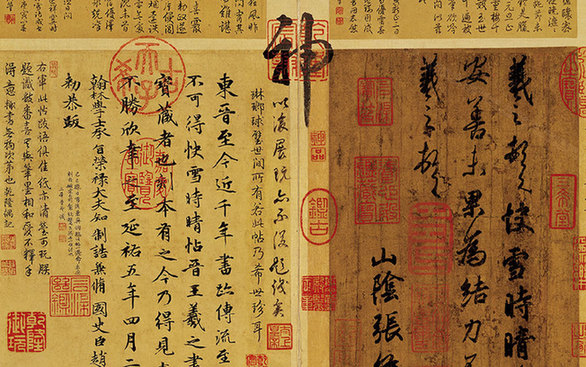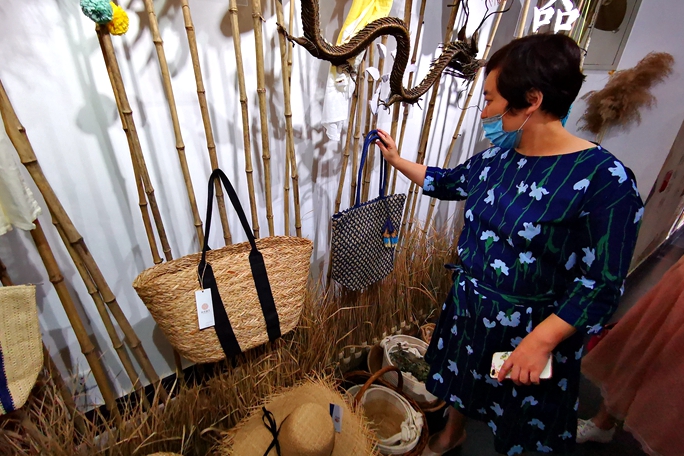Calligraphy, the gem of Chinese culture
 |
|
Kuai Xue Shi Qing Tie by Wang Xizhi (part) [Photo/yueyaa.com] |
Wang Xizhi was among those raised in noble families. Along with his son, Wang Xianzhi, the Wangs were considered the greatest calligraphers in Chinese history whose achievements were insurmountable for late generations. Therefore, Jin Dynasty is the pinnacle of calligraphic works in Chinese history.
However, calligraphy inevitably intersected with politics in Chinese history.
In Tang Dynasty (AD 618-907), the Emperor Taizong not only revered Wang Xizhi's calligraphy, but himself was also good at it. He considered Wang Xizhi as the greatest calligrapher in history. His obsession with Wang Xizhi made him promote his subordinates based on their talents to mimic Wang's works.
Above all, the emperor regarded the Preface to the Orchid Pavilion Collection by Wang Xizhi as the best running script. Prized as his priceless treasure, the emperor kept Wang's works only for his most trusted subordinates and, after his death, he was buried along with Wang's works.
It was understood that calligraphy became one piece of matrices for the emperor to seek loyalty, unity and capability among his subordinates. Not surprisingly, Tang Dynasty was another Golden Age of Chinese calligraphy. A generation of great calligraphers, such as Ouyang Xun, Yu Shinan, Chu Suiliang, Yan Zhenqing, Sun Guoting, Liu Gongquan and many others, emerged whose calligraphic works also became masterpieces for later generations to emulate.

 Shandong Culture and Tourism Consumption Season
Shandong Culture and Tourism Consumption Season Culture, tourism sectors pick up in Shandong as epidemic wanes
Culture, tourism sectors pick up in Shandong as epidemic wanes

